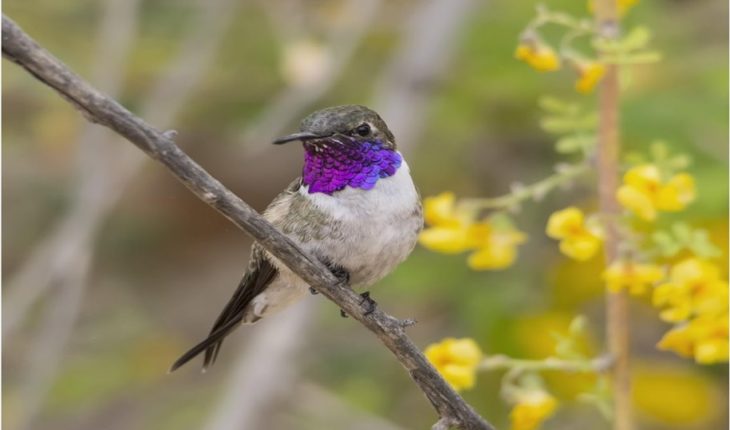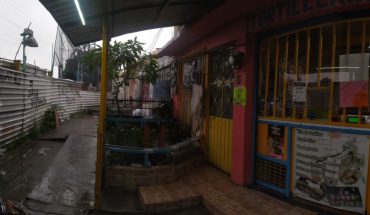In the Natural monument of the Hummingbird of Arica, in the Valley D E Chaca, the Minister of the Environment launched the Plan “last shelters”, whose objective is the preservation of nature, as well as to ensure the protection and conservation of the biological diversity of the country. The place highlighted the importance of this hummingbird which is an endemic bird, whose main threat is the loss and degradation of its habitat due to agricultural activity and massive use of pesticides.
The initiative “cares for species that are endangered and are fundamental to the ecosystem as in this case is the hummingbird of Arica, which in addition to its beauty and being endemic, is key to pollination and pest control,” said Carolina Schmidt.
The national Plan of protection of threatened species consists in the creation of protected areas for the conservation of species in critical condition, understanding that the inclusion of protected areas constitutes one of the most effective measures to ensure the Survival of threatened Species.
In Arica and Parinacota, we worked on identifying a number of areas of value for the species, composed of fiscal territories, national goods for public use and private territories. The chosen sites stand out for their importance for the nesting, feeding and reproduction of the hummingbird.
Creation of a Natural monument
Last Thursday, by means of a publication in the Official journal, the creation of the Natural Monument Hummingbird of Arica was concretized. The area is linked to the national system of protected wilderness areas of the State (SNASPE), administered by CONAF.
The objective of the measure is to alleviate the decrease in the population of the Arica’s Hummingbird (Eulidia yarrellii). The natural monument has an area of 10.8 hectares and is located in the Chaca Valley, in the region of Arica and Parinacota. In the sector is the ecosystem “thorny Tropical forest Interior of Geoffroea Decorticans and Prosopis Alba”, habitat in which the hummingbird of Arica can live and reproduce.
“We need to protect and restore the habitat of this bird, and that is why this sector was chosen in Chaca, in the town of Arica, where the floristic species necessary for their survival and our foundation was the convention of Flora, Fauna and beauties. Natural scenics of America, ratified as Law of the Republic in 1967, “said the manager of protected wilderness areas of Conaf, Richard Torres.
Arica’s Hummingbird
The Eulidia yarrellii is one of the smallest birds in Chile and the world: its maximum height is eight to nine centimeters. In the last time, the hummingbird has seen its population considerably reduced.
The gradual disappearance of specimens of the Arica’s Hummingbird “was mainly due to the loss and decrease of its habitat by agricultural activities, the massive use of pesticides and the appearance of the Hummingbird of Cora (Thaumastura Cora), in the decade of 70. The proposed sector will allow us to have the shelters and protection of this bird, as it has nesting sites and food, said the director of Conaf region of Arica and Parinacota, Héctor Peñaranda.
Arica’s Natural Hummingbird Monument was an initiative presented by the Ministry of Agriculture through CONAF. The creation of the wilderness area was approved by the Council of Ministers for Sustainability in October last year.
translated from Spanish: Launching Plan “Last shelters” after creating protected area for the conservation of the Arica’s hummingbird
May 27, 2019 |





